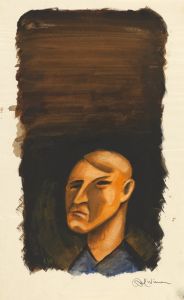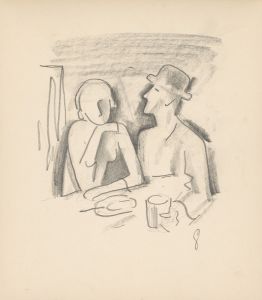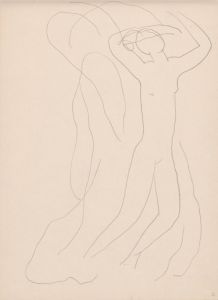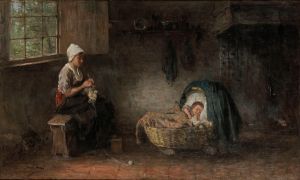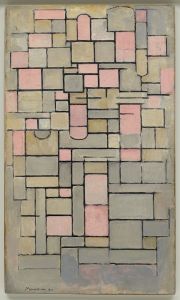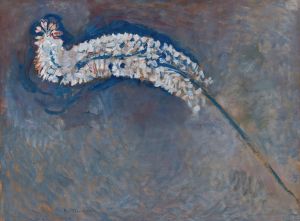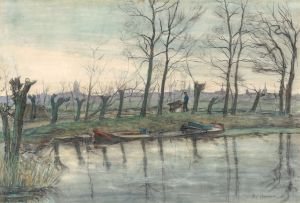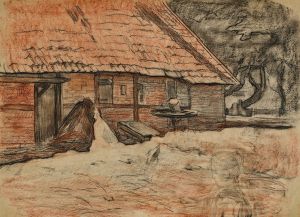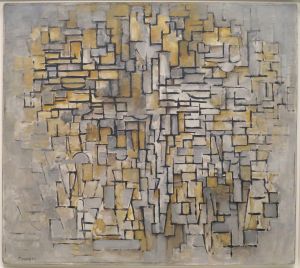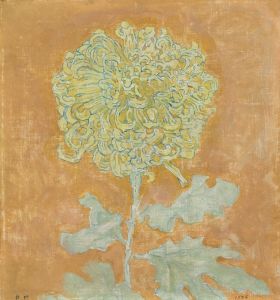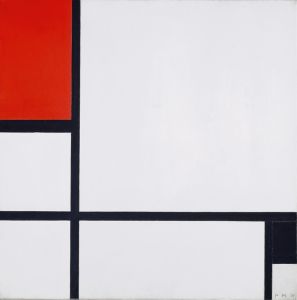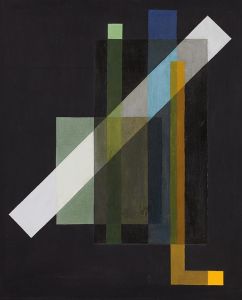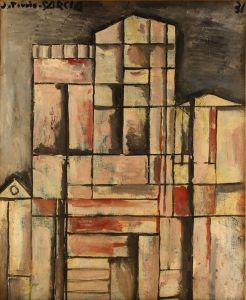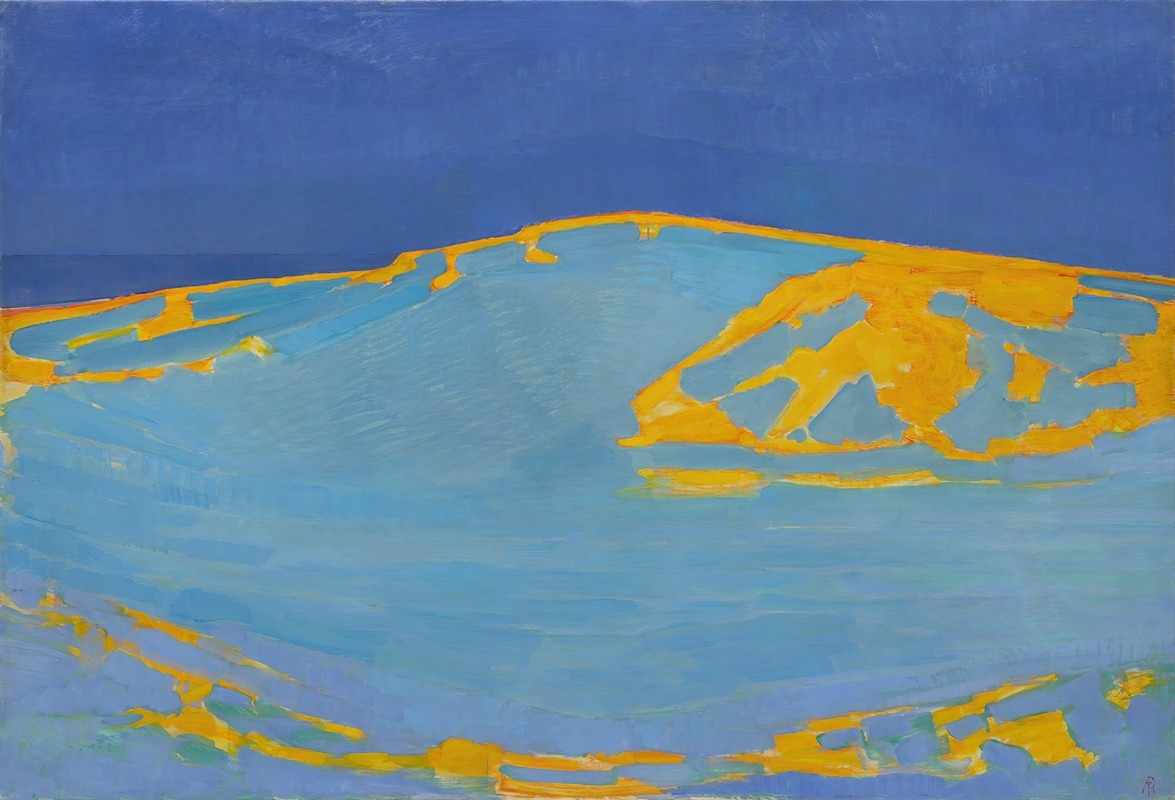
Summer, Dune in Zeeland
A hand-painted replica of Piet Mondrian’s masterpiece Summer, Dune in Zeeland, meticulously crafted by professional artists to capture the true essence of the original. Each piece is created with museum-quality canvas and rare mineral pigments, carefully painted by experienced artists with delicate brushstrokes and rich, layered colors to perfectly recreate the texture of the original artwork. Unlike machine-printed reproductions, this hand-painted version brings the painting to life, infused with the artist’s emotions and skill in every stroke. Whether for personal collection or home decoration, it instantly elevates the artistic atmosphere of any space.
"Summer, Dune in Zeeland" is a painting by the Dutch artist Piet Mondrian, created in 1910. Mondrian, who is widely known for his contributions to the De Stijl movement and his abstract works characterized by geometric forms and primary colors, produced this piece during an earlier phase of his career when he was still exploring representational art.
The painting depicts a serene landscape in the Dutch province of Zeeland, an area known for its picturesque dunes and coastal scenery. In "Summer, Dune in Zeeland," Mondrian captures the natural beauty of the region with a focus on the interplay of light and shadow across the sandy dunes. The composition is marked by its subtle use of color and delicate brushwork, which convey a sense of tranquility and harmony.
During this period, Mondrian was influenced by the Dutch landscape tradition and the works of the Hague School, which emphasized realistic depictions of the Dutch countryside. His approach in "Summer, Dune in Zeeland" reflects a keen observation of nature and a sensitivity to the atmospheric conditions of the landscape. The painting is characterized by a muted palette, with soft tones of beige, green, and blue, which evoke the gentle warmth of a summer day.
"Summer, Dune in Zeeland" is significant as it represents a transitional phase in Mondrian's artistic development. While it adheres to a more naturalistic style, it also hints at the artist's growing interest in abstraction and the simplification of forms. This work, along with other landscape paintings from this period, laid the groundwork for Mondrian's later, more radical experiments with abstraction and his eventual move towards the grid-based compositions for which he is best known.
The painting is part of the collection of the Gemeentemuseum in The Hague, Netherlands, which houses an extensive collection of Mondrian's works. The museum provides valuable insights into the artist's evolution and his contributions to modern art. "Summer, Dune in Zeeland" is often appreciated for its serene beauty and its role in illustrating the early stages of Mondrian's journey towards abstraction.
Overall, "Summer, Dune in Zeeland" is a testament to Piet Mondrian's versatility as an artist and his ability to capture the essence of the natural world while gradually moving towards a more abstract and innovative approach to art.





